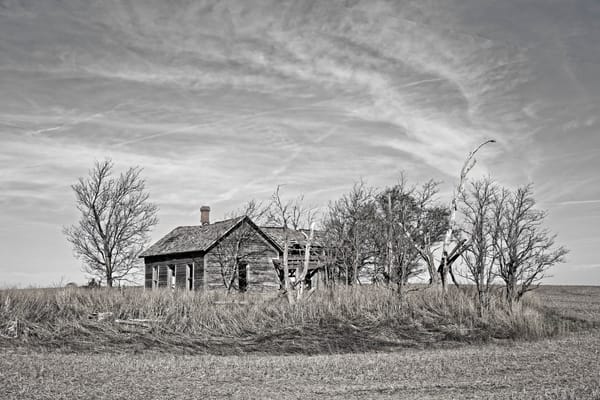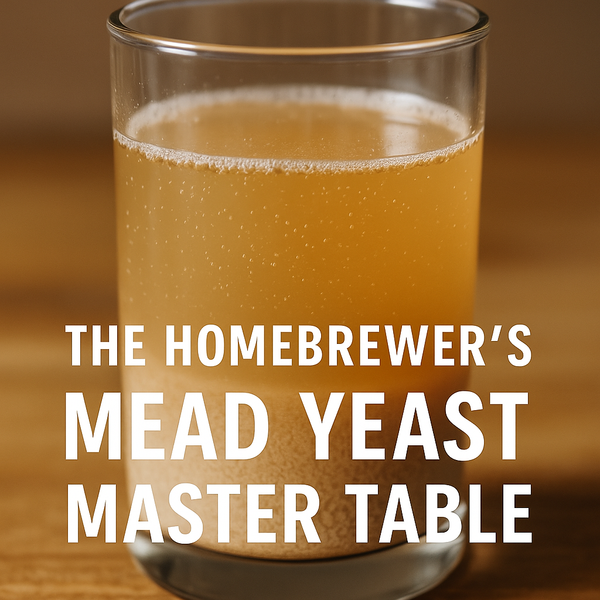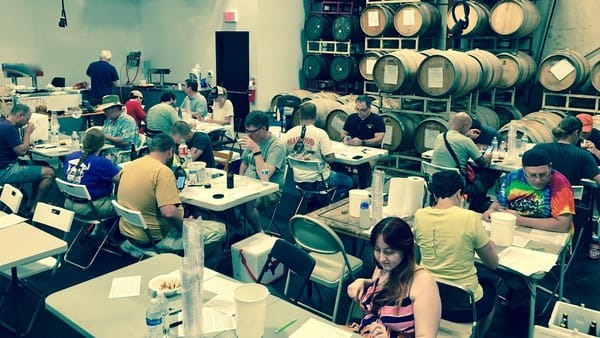YAHBB Review, "Methods of Modern Homebrewing"

YAHBB: Yet another Homebrewing Book (TM). Yes, they keep coming along and I am one of the addicts that absolutely love books of all kinds. I have a large bookshelf, the kind with the glass doors that protect the books from dust and stuff, and now have two full rows dedicated to nothing but brewing literature. The latest is "Methods of Modern Homebrewing: The Comprehensive Guide to Contemporary Craft Beer Brewing", by Chris Colby. Chris likes really long titles.
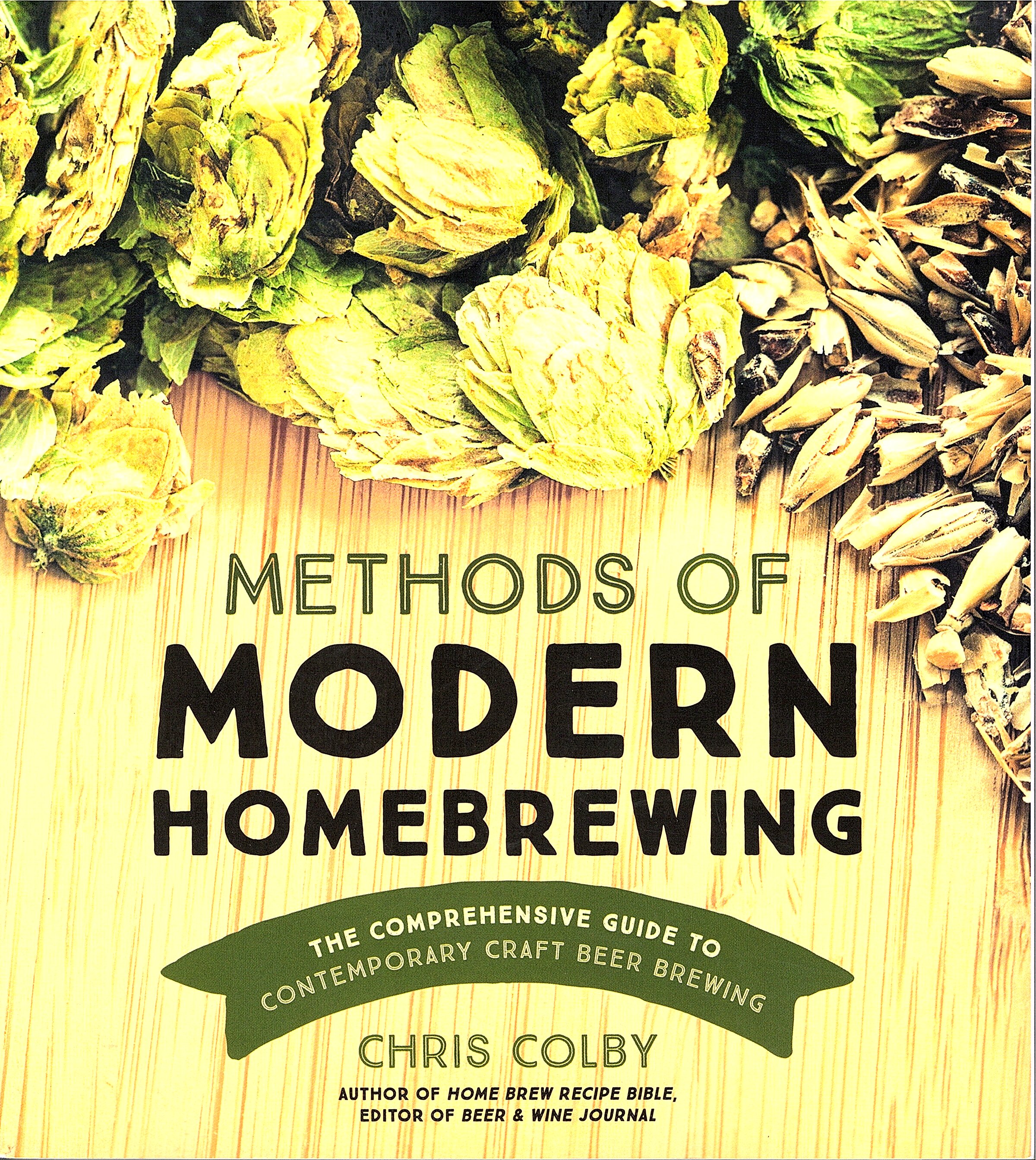
Most of my readers know that I live in Bastrop, Texas. So does Chris Colby, and we are friends. My garage brewery is in photos in both of his books. So please consider all of this in my mini-review below, which is probably fairly biased.
We should also hear a few things straight from Chris's mouth as well, as I sit down with him and talk about what he learned writing this book.
Matt: Chris, let's start with the most important question. Zombie Apocalypse... what beer is worth braving the undead at the grocery?
Chris: These days, it would be a Pilsner. There are a lot of breweries making great Pilsners in Texas now. If it’s in the fall, I'd stick up on Octoberfest beers.
"Methods of Modern Homebrewing" (MoMH moving forward) picks apart method and presents the reader with options, based on modern approaches. At its heart, MoMH is a tutorial that can take a brand new homebrewer through the increasingly difficult steps required to transition from basic extract brewing to very complex all grain techniques. The really cool thing is that this book can bring value and inspiration to everyone. I wish I had it when I started brewing.
Matt: You cover a range of brewing techniques and concepts. Of these, which do you feel is the best starting point for a new brewer? Why?
Chris: I think a brewer should start with the type of beer he or she wants to brew. If he really wants to be brewing triple decoction bocks, brewing extract English ales as a warmup isn’t going to be cutting it. Know what you want to do and do it. (And of course, understand that if you pick something complex right out of the gate, your learning curve is going to be steeper and bumpier.)
The book itself is well illustrated and features lots of full-color photographs. Tables and side-bars are easy to read, however, the primary text feels a bit small and thin. The paperback format is nice and the pages fall open easily.
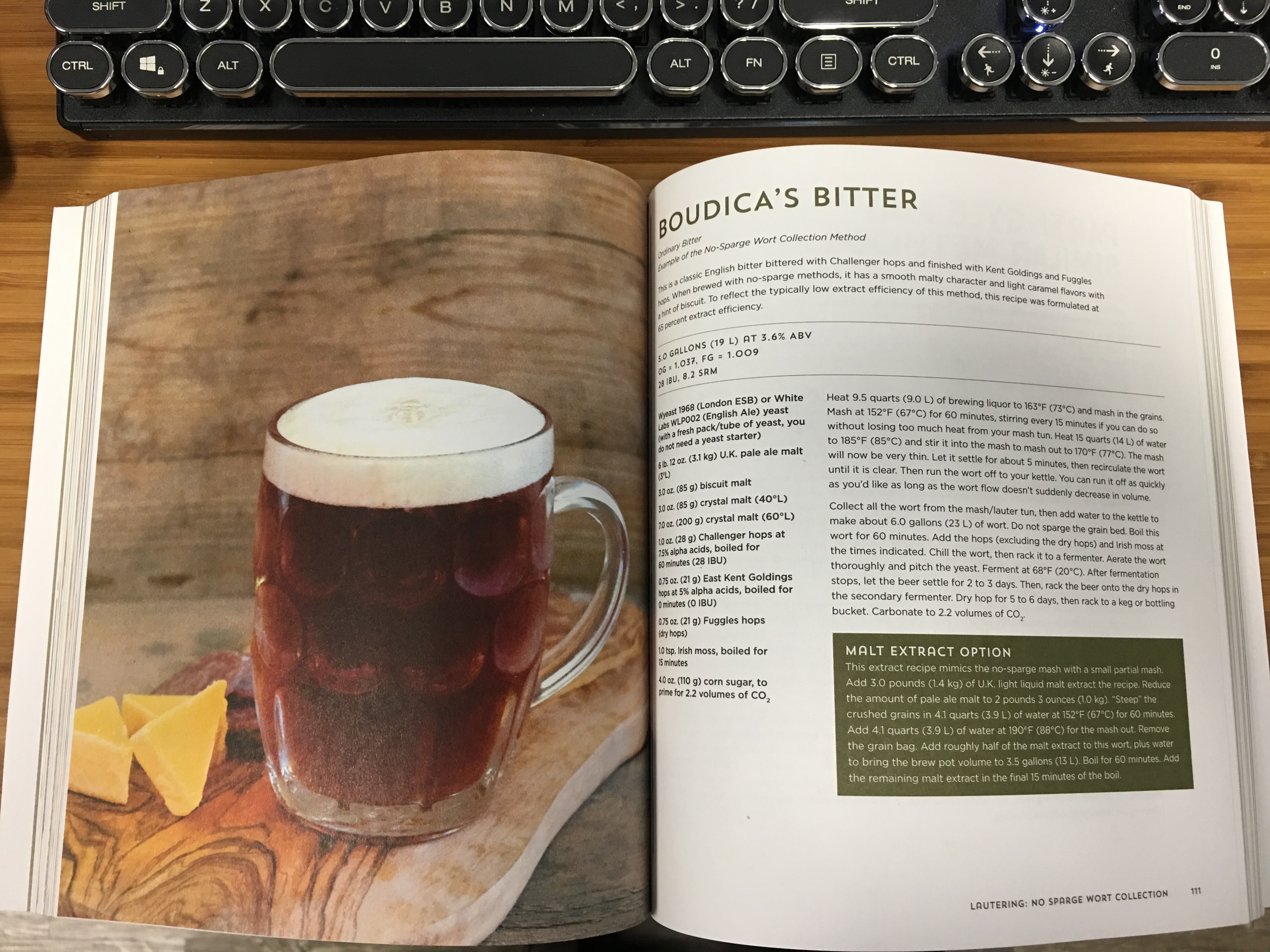
Matt: Of the more difficult and obscure brewing methods, which is your favorite and why? What does it do that a simpler or more direct approach cannot?This may not qualify as obscure, but I do everything I can to get a good start to fermentation. I make a yeast starter for every beer and aerate with oxygen. At a minimum, I get a predictable start to fermentation in a reasonable time. I also think that I’m more likely to hit a reasonable FG and that the beer is less likely to have unwanted fermentation byproducts. I also think if you take care of fermentation, your beer will condition more quickly compared to a beer that had a slow start and maybe a lagging fermentation.
Chris:
One of my big issues with today's homebrewing culture is that we (myself included) have overly complicated processes to the point they are intimidating to beginners, and every fool is an expert. Chris breaks the approach by the practical presentation of technique and leaning on years of experience in brewing. He is also a scientist and avoids many of the old brewing myth pitfalls.

There is a small introduction to cover the highlights, but the real value is the featured recipe designed to work best with the technique discussed. Nothing gets wildly out of hand or controversial. You are almost guaranteed to get a good result, assuming you can follow simple directions. There are lots of recipes at each level, and notes to take it from extract to all grain if you prefer.
Matt: You are also a passionate gardener. How have these passions come together? Are they synergistic and complimentary?
Chris: I grew hops for awhile, until the drought of 2011 wiped them out. I also grew barley a couple times; Robust (a 6-row malting barley) one year and Conlon (a 2-row malting barley) another. My next brewing and gardening combo is going to be catnip IPA. Catnip is a mint, and has an aroma that I think would work with hops well. Northern Brewer is a minty hop, so I think it would pair well with it. And perhaps it’s aroma would compliment some of the fruity New Zealand hops. I’ve already brewed a pale ale to try to get a handle on how much catnip I'd need. As it turns out, a lot more than I’d thought. I couldn’t detect any catnip in my experimental batch. But I have several second year catnip plants growing and tons of seed. I’ll make it happen this year.
"Methods" is a recipe book with about 50 unique beers. It's a brewing technique book touching nearly every modern brewing technique. It's even a reference book. I have never really seen a book organized to ease you through a homebrewing career, but this is one that can help you grow into more complicated skills, even decoctions or iterated mashing high gravity beers.
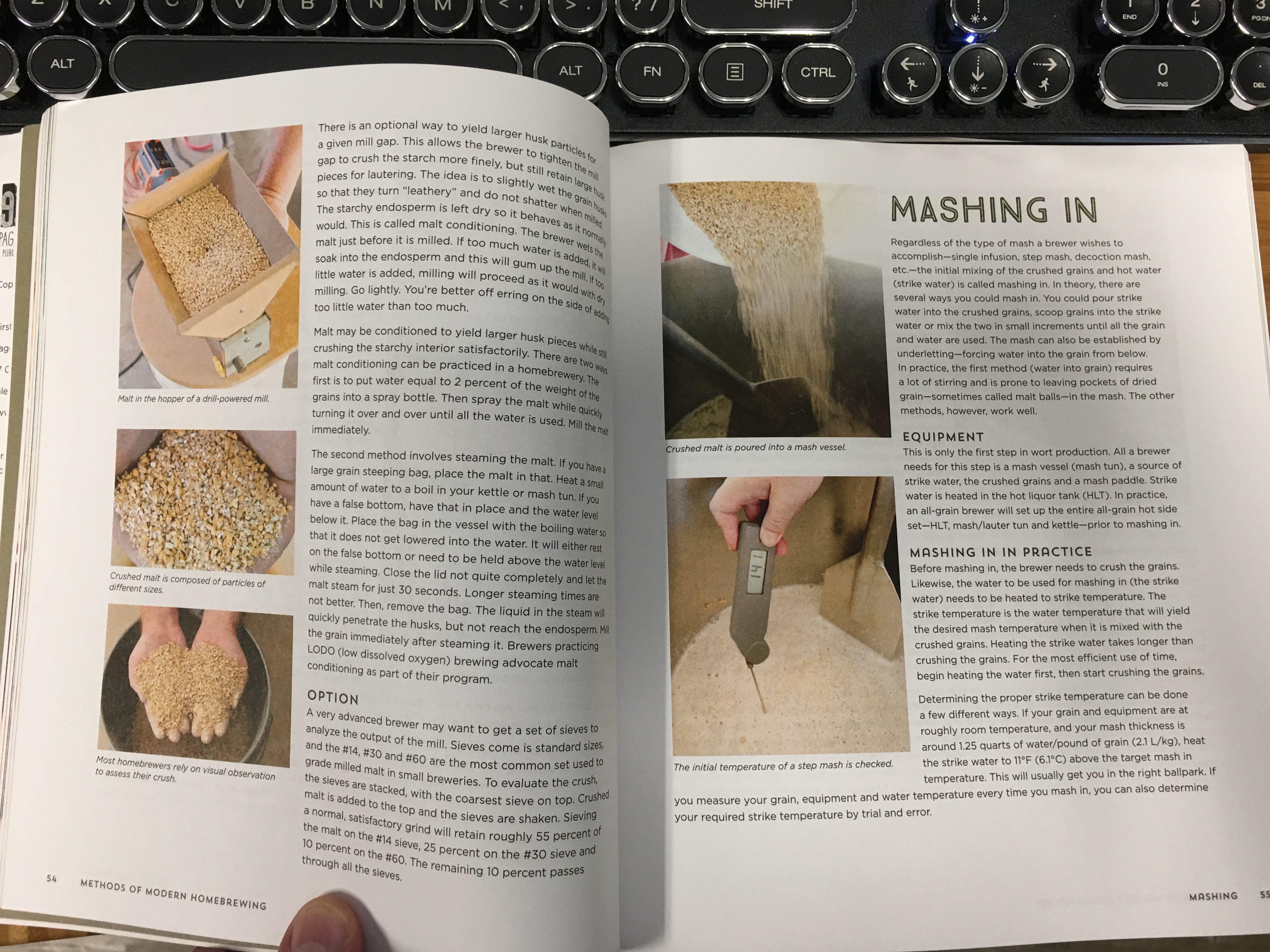
Matt: Other brewing book ideas?
Chris: I’d like to do an ingredients book next. It would cover malts (base and specialty), unmalted grains, hops, yeast water, and other. It would stress the characteristics of the ingredients (esp. what is measured), how to evaluate ingredients, and how to best use them in brewing. I’m going to pitch the book to my publisher this fall.
Bottom line: I bought this book. And was later given a free copy because Chris is a good guy. I gave the copy I bought away to a new homebrewer. You can find it & The Home Brew Bible at Amazon. So yeah, a biased opinion! See?


